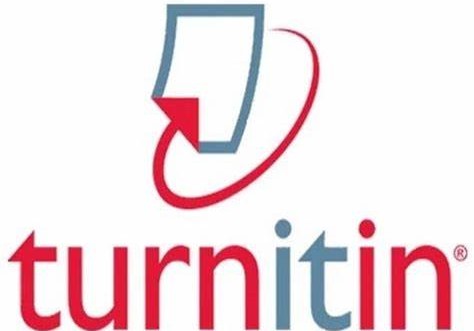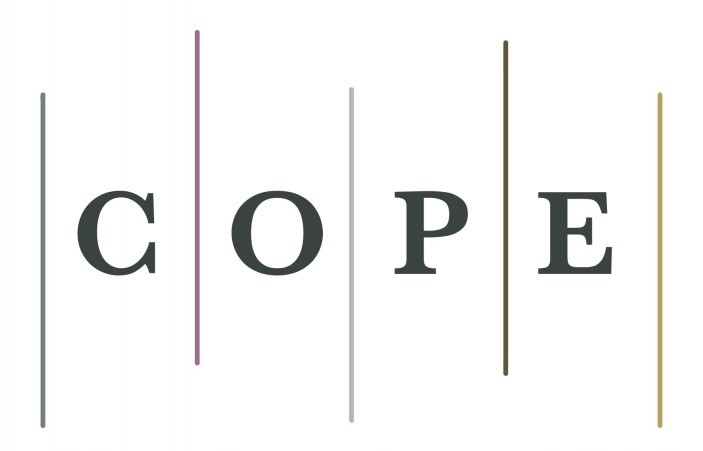ISSN (Print): 2767-6412
ISSN (Online): 2767-3308
Type: Open Access
Frequency: Bi-annual
Peer-review: Double-blind
Article Processing Charges: No Fee
Time to First Decision: up to 4 weeks
Acceptance to Online: DOI assigned immediately
License: CC BY-NC
Copyrights: ©Science Insight








